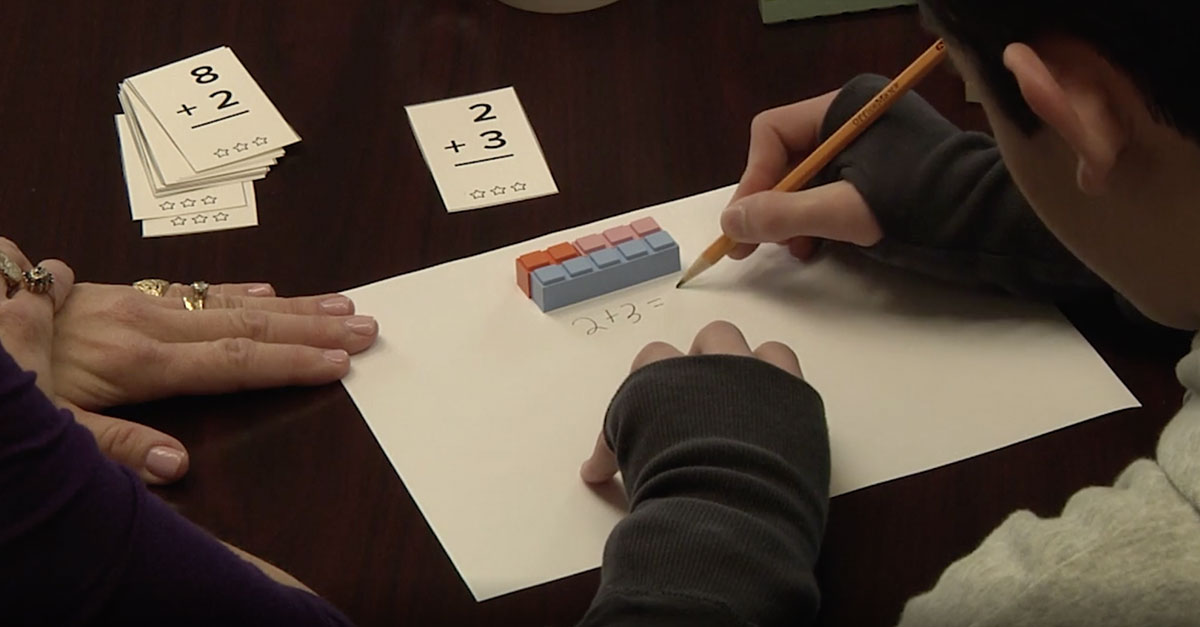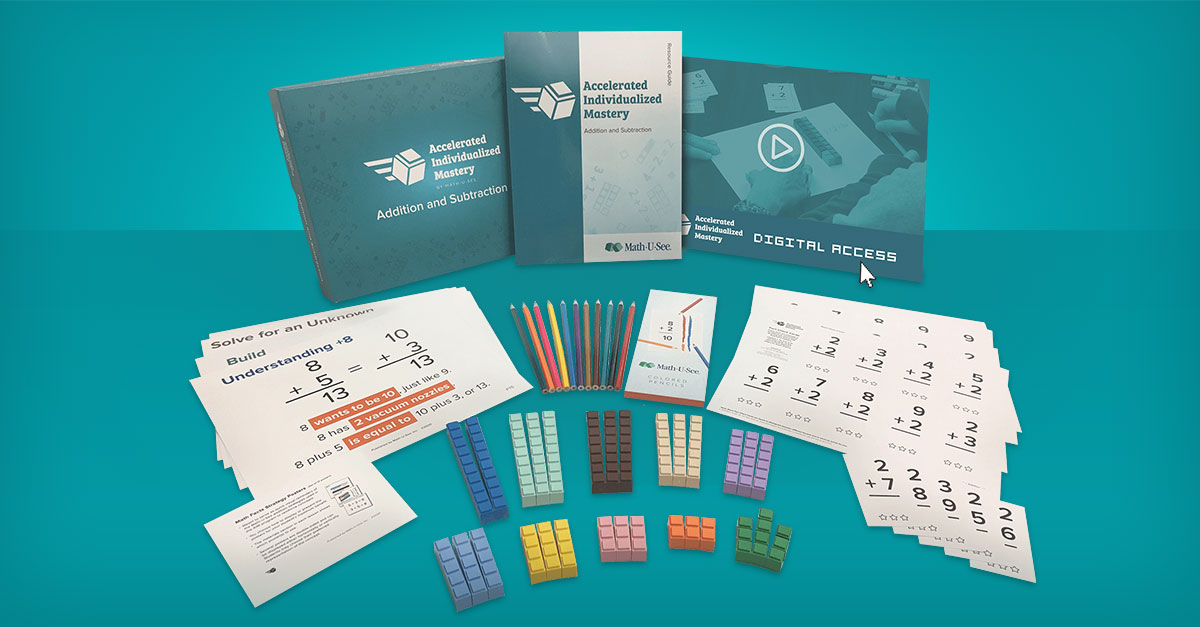
How can you use Accelerated Individualized Mastery (AIM) for Addition and Subtraction to change an ineffective habit?
In the interim between purchasing AIM for Addition and Subtraction and its arrival, it’s easy to forget what the purpose of the program is; this is not a level of Math-U-See. It’s an intervention program designed to replace ineffective habits of counting for facts with true mastery. Let’s look at the materials overall and what you’re going to need to have the most successful experience.
• Invest the time to clearly understand the difference between sessions A, B, C, and D. Each session has a specific intent and they build upon each other
• The instructions state working through the sessions in 15-minute increments. Your student may need time to build up to engage fully in a 15-minute session. This is especially true if previous math work has been stressful.
• Knowing the block colors is essential to change the habit. With an older student, the necessity of committing the block and colors to memory is often overlooked. Invest your time well and make this first step a successful one.
• Realize that the hardest lesson is the +2 lesson. ALL OF THIS IS NEW TO YOU. If you look at all the lessons as a whole, you will see your biggest investment of time is going to be with this +2 lesson. It may take you three weeks to get it right. Changing a habit is HARD! You are investing now, for a larger pay-off later.
• Do not overlook the value of building the word problems. A frequent question we are asked is “why are we doing word problems in Session B?” Sometimes, an older student will balk at what seems so simple. Walking through those word problems with the manipulatives is another foundation for changing a habit. Remember, we are seeking to undo what has clearly not worked in the past.
• When you begin Session C for the first time, watch the Fading video again. It is essential that it be fresh in your mind. Each step of this process is designed to change an ineffective habit. It takes time to make that change happen.
• With each lesson refer back to pages 14 and 15 of the instructions. Paper clip it to the lesson you are working on so that you will remember the content of each session; all four sessions are interconnected and need to be part of your routine.
• When you reach session D for the first time, make sure you rewatch the Mastery video. When you go through the fact check cards, sort them into two piles – only Build, Write, Say the fact check cards for which you did not cross off a star. Do it one time, and be done for that session.
• Allow your student to decide how they will revisit the facts which do not yet have a star. (choose between Build, Write, Say or Draw, Write, Say).
• For best results, allow 24 hours between each session of fact check so you can be assured the facts have truly been committed to memory.
• Please note that the review activities are for the preceding lesson. Review activities are designed to keep the skills sharp. It is important to allow the student to decide which activities they feel will help them become more confident in fact retrieval.
• Celebrate once you have completed Lesson Four, the most complex and longest lessons have been accomplished. Look ahead to Lesson Five. By the time you begin Lesson Five, you will have mastered half of the addition facts. Additionally, the number of facts to memorize each new lesson will decrease significantly.
The best advice that we as the Customer Success Team can offer you is to not grow weary in well-doing. Particularly with a teenager, you may be thinking, “But we ARE SO FAR BEHIND!” If AIM for Addition and Subtraction is done correctly and successfully, many mathematical dominoes fall in place behind it. Your student’s mathematical struggles did not arise overnight. The solutions to those struggles are not an overnight experience either. Your willingness to stay in the fight for the long-term benefit of your student speaks volumes to him or her. Have faith that you are doing something remarkable, and that your investment of time and energy now will have far-reaching implications for your student’s mathematical future.
Learn More About AIM
One of the things you’re going to notice is we’re very passionate about helping families find success for their students in math. You can contact us here.
You can learn more about AIM on our website and take the assessment there.
AIM Unboxing Video
Do You Have Any Questions?
About the Authors
Gretchen Roe
Gretchen Roe educated her children at home for 21 years. With a degree in child development, she laughingly says it was not necessarily helpful for raising her own six children. She owned her own business for 15 years, as well as being involved in several nonprofit boards. She has spent the last 10 years in positions of homeschool advocacy and comes to Demme Learning as a Placement Specialist. She loves the outdoors, all things furry, and is in the process of learning farming and beekeeping skills.
Sue Wachter
Sue is a Placement Specialist at Demme Learning. Sue has been consulting homeschool parents in regards to best curriculum choices for over 30 years. She is a wife, mother and grandmother. She enjoys spending time with her family and teaches art classes. Her goal, whether in art or curriculum support, is to provide tools and inspiration for each individual’s next step.




Leave a Reply